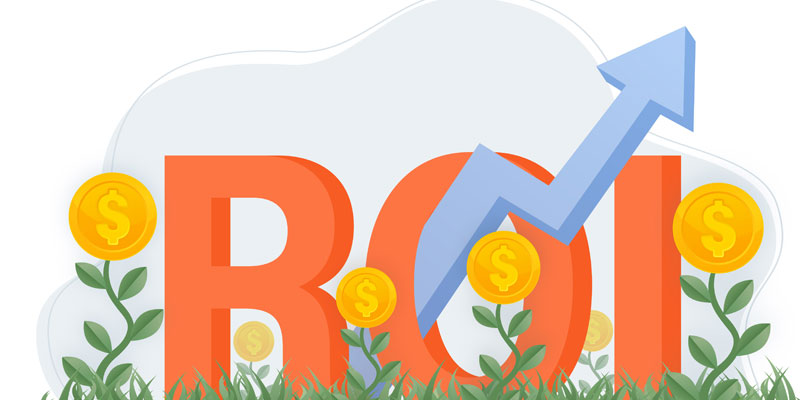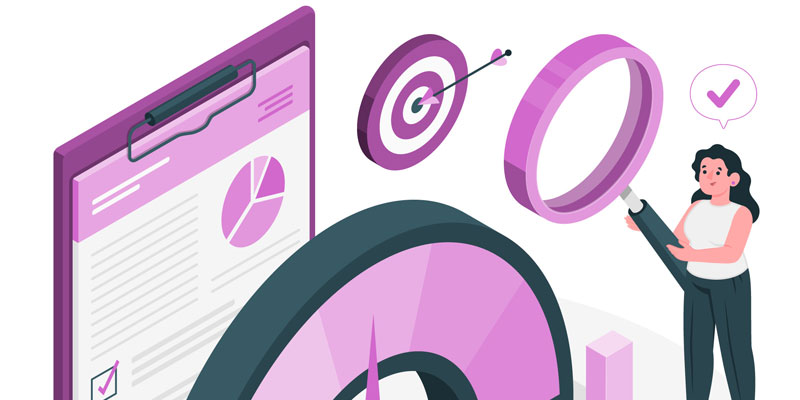

Changes taking place in advertising today have never been seen before. Earlier modes of advertising have been replaced with something newer, more personalized, more effective, and goal-sealing as well. One of the major exciting developments in this new change is the rise of what is called "smart ads." Powered by data, machine learning, and artificial intelligence (AI), smart ads completely redefine the relationship between brands and consumers, presenting the future of advertising as anything but.
Here, tomorrow's advertisement will survey the new paints, explore their game-changing potential, and see what they are doing in future advertising.
Smart ads are digital advertising using real-time data, machine learning algorithms, and AI technology for the dissemination of highly targeted, personalized, and relevant ads to users. Unlike static, one-size-fits-all traditional display ads, smart ads derive their meaning from a user's live behavior and preferences, ensuring that they find the right audience at the right time.
Such ads create a dynamic advertising experience tailored to the individual needs of the user with the information accumulated from numerous angles, namely past interactions, search history, and social media behavior. The smarter they become, aggregating data, improving, and getting better with time, the more efficacious they are at serving advertisers.

There's no longer a need to shout with loudspeakers across a football stadium after spending massive marketing budget to reach everyone. With smart ads, personalization stepped it up. AI-enabled technology can create cool ads rejuvenated by different consumer behaviors, preferences, and emotional triggers.
For example, smart ads can give suggestions for users who were previously interested in fitness products based on the time of the day or their previous purchases and browsing habits. Personalization like this gives the user a high probability that they will both engage with the advertisement and purchase something. Create as many versions as possible of your smart advert creatives and allow each version to be dynamically customized per audience segment.
Smart ads have the most powerful learning and adaptation capabilities in real time. Traditional ads require human intervention to get a speedier performance, which can take time and expense. Smart ads are different because they do continuous user behavior analysis and adapt campaign performance without human engagement on an automated basis.
Take an example: if the ad does not perform well, the system automatically alters targeting or changes the messaging or bid strategy without any human intervention. Thus, a very efficient use of ad budgets can be attained by eliminating the need for continuous monitoring. Use AI-driven tools such as Smart Bidding on Google Ads, which automatically adjusts and optimizes bids for conversions on real time data processing.

Targeting the right audience is very important to the advertisement you would be using. Smart ads work through user data collected from all possible points of touch touchpoints; like search behavior, social media, and location, reaching the most relevant content to those probable potential buyers.
What is the result? Advertisers can now refine ad spending by managing high intenders who are more likely to convert from the sales pipeline. This narrowing in targeting equals a greater return to the brands from ad spend while consumers face advertising that is often closer to their interests and what they would require. Integrate first-party and third-party data sources to build a richer customer profile for better ad targeting.
Consumers today have an encounter with many devices and platforms like smartphones, tablets, laptops, social media apps, websites, and many more. The major inconsistency source in marketers' work is often from different touch points. Smart ads encompass all the different platforms ensuring that your messaging cuts across all of them.
Worry no more about whether your audience is seeing you on social media, watching YouTube videos, or searching on Google. Smart ads make it look like the same message is being followed by them across their journey. It creates this experience across many devices for greater brand awareness, engagement, and ultimately conversion.
Implement cross-channel marketing strategies and use tools like Google's Customer Match to target audiences on multiple platforms, ensuring a unified experience.

Smart ads stop the guessing games concerning the success measurements of your campaigns. AI and machine learning provide powerful weapons for tracking your ads' performance in real time. Key metrics such as click-through rates (CTR), conversion rates, and customer lifetime value (CLTV) are now more accessible and insightful than ever before.
The level of transparency that smart ads provide allows marketers to make rapid, accurate decisions based on the data. They can identify which specific ads, channels, or audience segments are bringing in the most value, and use this information to further refine and improve their results. Relying on advanced analytics tools like Google Analytics and Facebook Ads Manager in monitoring important metrics and AI tools for predictive insights will greatly assist you in planning future campaigns.
As the advancement of technology for further betterment is going, so is the future of smart ad brightening. The current evolution in AI, augmented reality (AR), virtual reality (VR), and voice search is already implicating ad creation and consumption. Take, for example, an interactive ad that adapts in real-time according to user engagement or an authentic AR experience where consumers would experience a product before buying it virtually. Such futuristic ideas are no longer just imaginations; it's a heavy reality.
Expert Advise: Keep track of new emerging technologies such as AR/VR and voice search. These will define the future of smart ads.
Smart ads indeed bring a revolution in advertising. They are going to alter the way consumers receive brands' messages because they can be personalized, targeted, and dynamic. High efficiency regarding ROI, targeting efficacy, and a seamless cross-platform experience will be created by using AI and real time data to prepare smart ads. As technology changes over time, smart ads promise unlimited potential, and those who embrace them will be better positioned in the rapidly changing digital landscape. Bud, as a PPC company in Bangalore and performance marketing agency Bangalore, can help you create smart ads that drive maximum results.
So, are you ready for the step up to the advertising future? If yes, you can reach out to us.